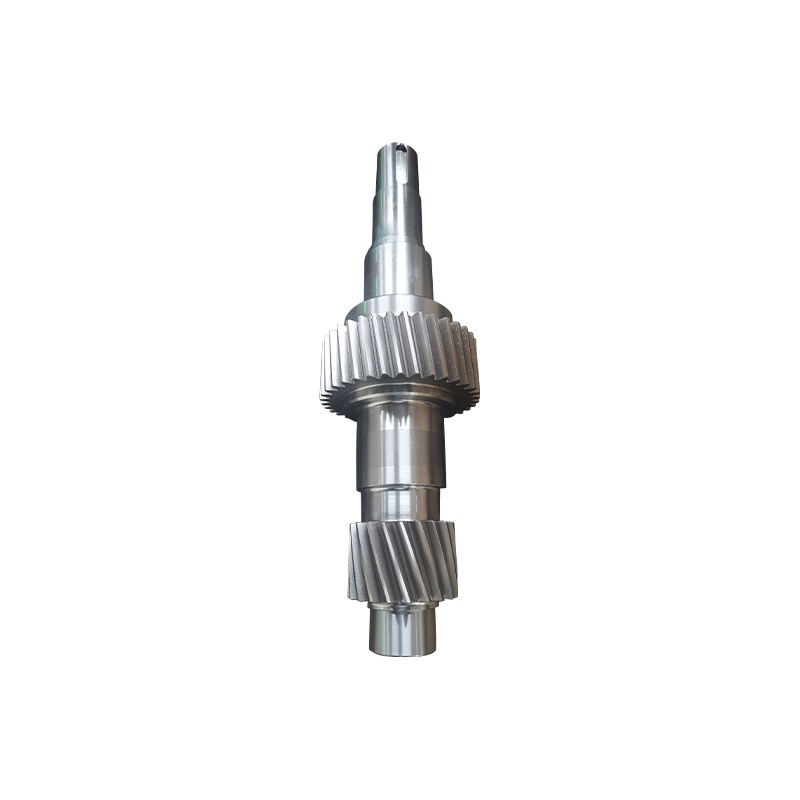In the intricate dance of mechanical systems, where power must be transferred with unwavering accuracy, the gear shaft stands as a silent pillar. Often overshadowed by more conspicuous components, it is nonetheless the linchpin of efficiency, torque distribution, and operational fluidity in countless machines. From automotive drivetrains to industrial machinery, the gear shaft ensures that rotational energy is delivered where it’s needed—with minimal loss and maximal reliability.
At its core, a gear shaft is a mechanical component designed to transmit torque and rotational motion. It can support gears directly or indirectly, bearing the immense forces they generate during operation. Depending on the application, gear shafts can vary dramatically in complexity, material composition, and structural design. In heavy-duty equipment, these shafts are typically forged from hardened steel, chosen for its ability to endure extreme stress without deformation. In more nuanced applications, like precision instrumentation, lighter alloys and meticulously calibrated dimensions come into play.
What makes the gear shaft particularly vital is its role as both a support structure and a dynamic force conductor. It’s not simply about holding gears in place—it’s about ensuring alignment, reducing vibrational inconsistencies, and maintaining synchrony within the system. A misaligned or substandard shaft can spell catastrophic failure, leading to system-wide inefficiencies or, worse, total mechanical breakdown.
Modern engineering demands more than just strength from a gear shaft—it demands resilience, adaptability, and longevity. Innovations in metallurgy and manufacturing have introduced shafts with surface treatments like nitriding or carburizing, which significantly increase surface hardness without compromising core ductility. These enhancements prolong operational life, reduce maintenance cycles, and improve overall performance under fluctuating load conditions.

Additionally, the geometry of a gear shaft is never incidental. Splined shafts, for instance, provide greater torque transfer through interlocking grooves, while stepped shafts offer design versatility by accommodating gears of varying diameters. Hollow shafts reduce weight without sacrificing integrity—an essential feature in high-speed or aerospace applications.
Precision is paramount. The slightest deviation in roundness or concentricity can propagate destructive vibrations, erode efficiency, or induce wear in connected components. That’s why gear shafts are subject to rigorous quality control—micron-level tolerances, ultrasonic inspections, and dynamic balancing tests are standard practices among reputable manufacturers.
In an era increasingly defined by automation and intelligent machinery, the gear shaft remains as relevant as ever. Its design continues to evolve, integrating with digital diagnostics and predictive maintenance systems to preempt failure and optimize performance.
The gear shaft is more than just a rotating rod—it’s the backbone of mechanical motion. It bridges power and precision, ensuring machines operate not just functionally, but flawlessly. Investing in high-quality gear shafts is not merely a technical decision—it’s a strategic imperative. When everything depends on smooth motion and steadfast performance, the gear shaft is the unsung champion that keeps the world turning.
We have a strong R&D team, and we can develop and produce products according to the drawings or...
We have two of our own casting foundries and one CNC machining factory. So we can offer the best price...
We have our own testing lab and the advanced and complete inspection equipment, which can...